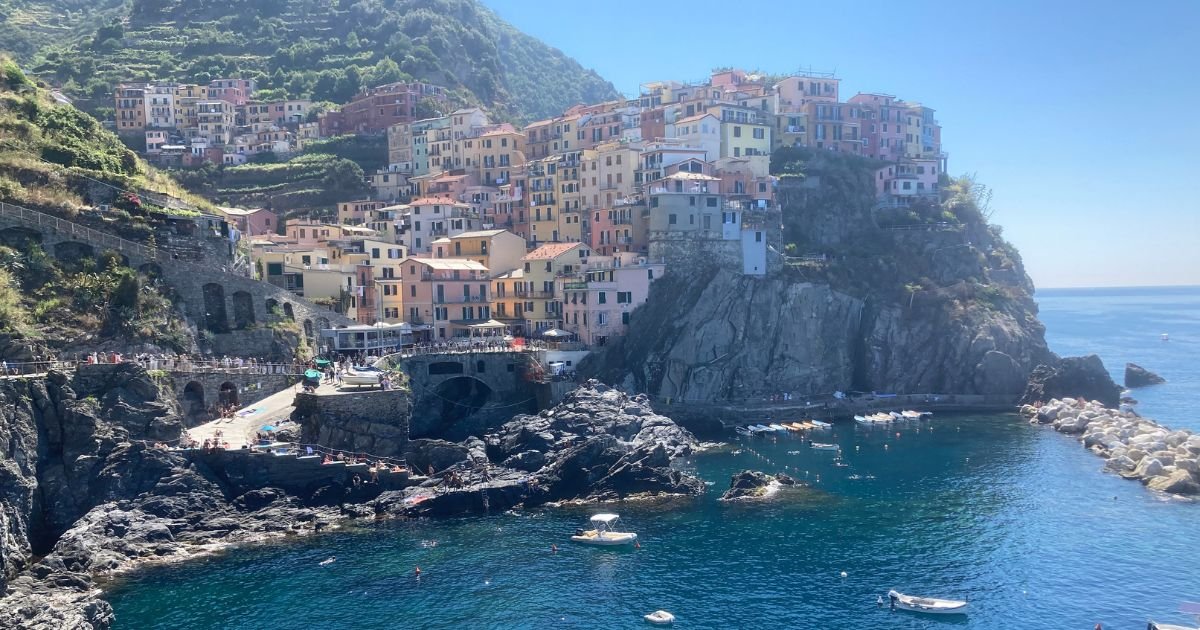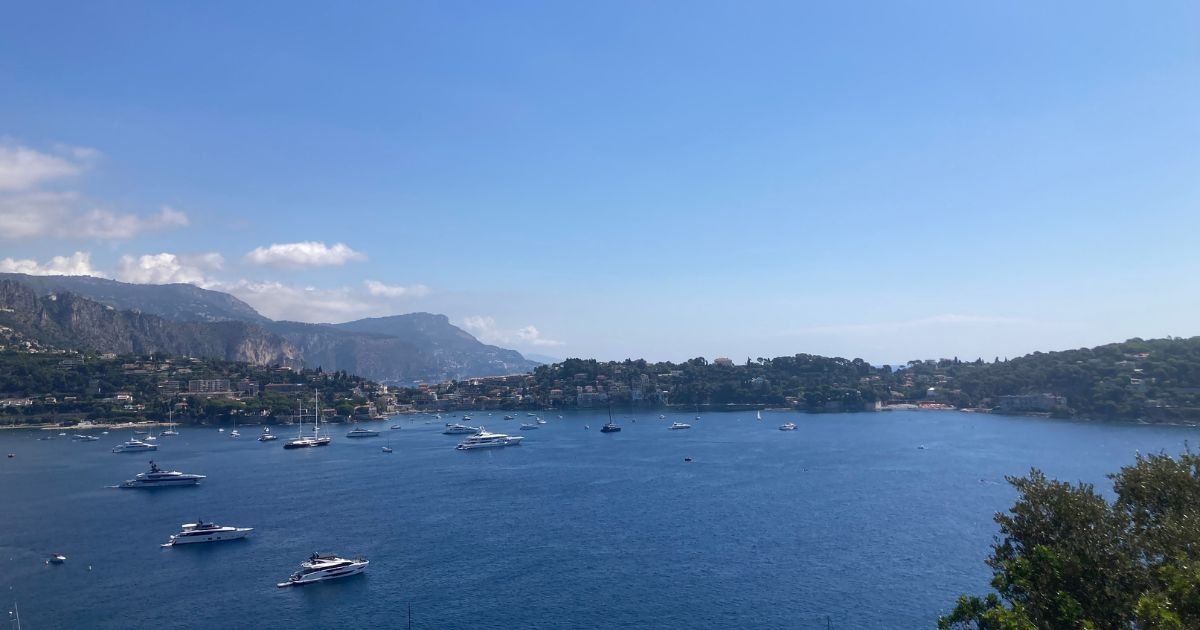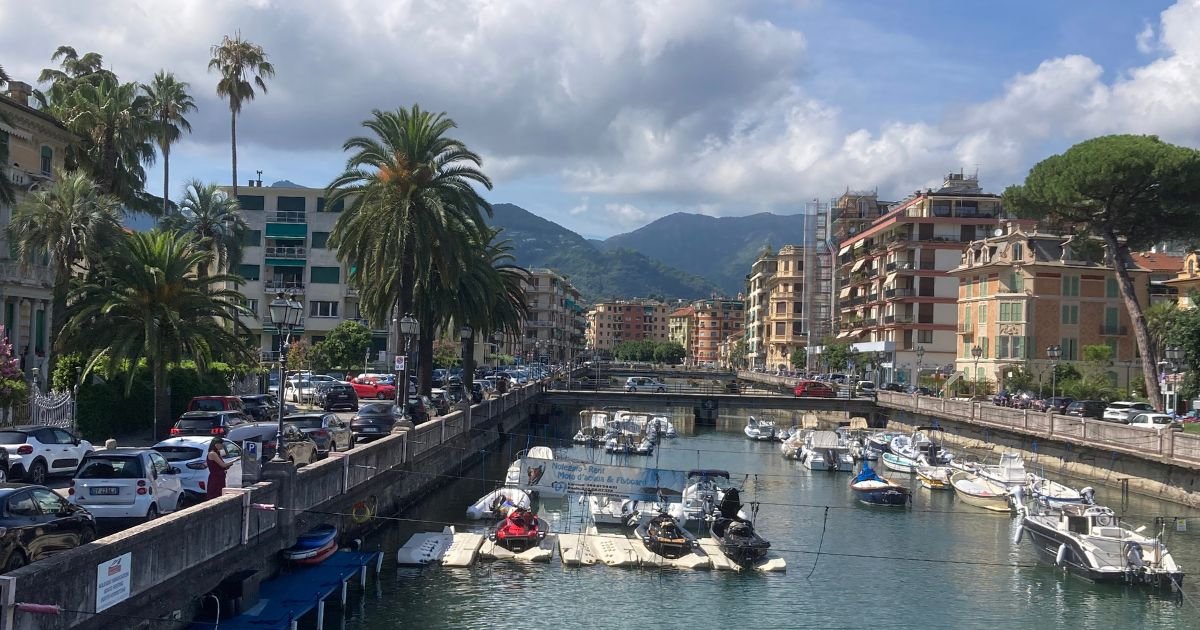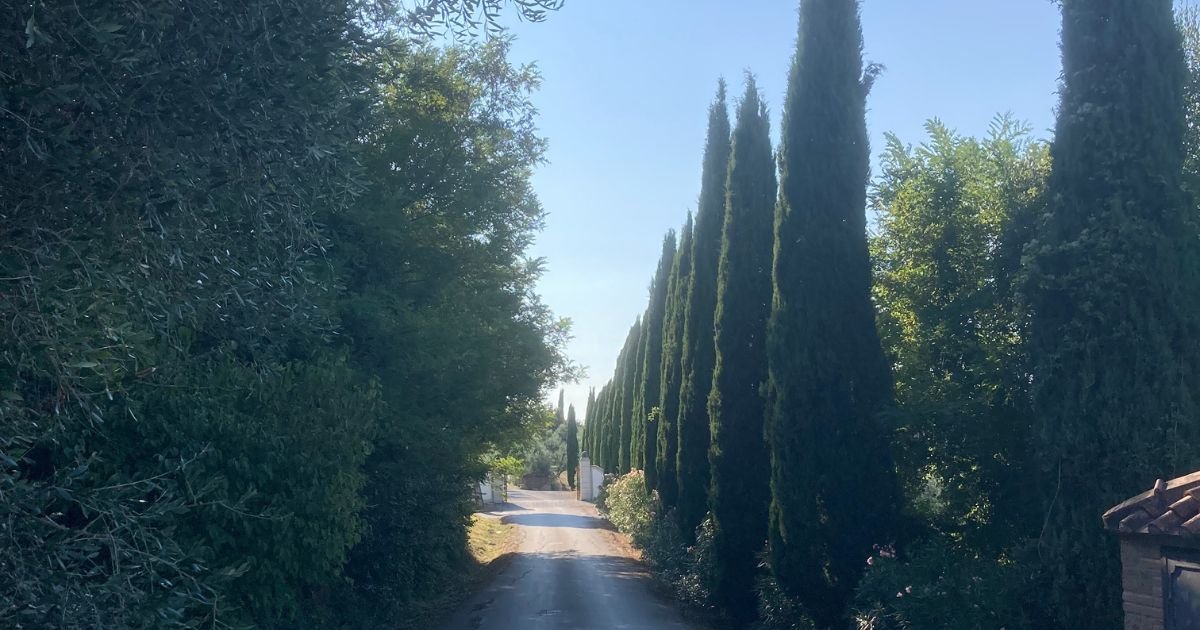Date of travel: Aug 22, 2019
A land of striking beauty, Poland is punctuated by great forests and rivers, broad plains and tall mountains. In the mid -1500s united Poland was the largest state in Europe but got partitioned among Russia, Prussia and Austria during 19th century.
Ravaged by two world wars, it remained as a satellite state of Soviet Union until 1989, when it gained its independence and showed rapid transformation to a great democratic country.
Our Journey:
While attending a medical conference in Berlin in August, 2019, we decided to make a trip through Poland to Lithuania by road and took a three-hour train journey from Berlin central station to reach Poznan Glowny (main station).
Poznan (Poland): The Historic City
Poznan is the fifth largest city in Western Poland by the side of river Warta and is a centre for trade, sport, education, technology and tourism.
Poznan boasts a rich history and was the first capital of Poland dating back to the 10th century. Poznan is also considered by many as the birthplace of the Polish nation.
Major Attractions of Poznan:
Though best way to explore this historical city is by foot, but one can avail of its well networked public transport system like bus and trams (taxis of course). You can also use timed tickets or buy Poznan card for better deal.
One excellent option is to follow ‘The Royal Imperial Route in Poznan’ which runs through most important parts of the city and present the history, culture and identity of Poznan.
We started with Ostrow Tumski which is a quiet spot, originally an island on which Poznan was founded. Landmark attractions here are St Peter and Paul’s Cathedral and the Basilica of Our Lady of Perpetual Help ( also known as Fara Church).
Next we wandered through Old Town and its famous Old Market Square (Stary Rynek). We explored Town Hall, Imperial Castle and Archeological Museum. Poznan also boasts of many music theatres, stadium and beautiful lakes which we visited by taxi.
Krakow:The Cultural Gem
We had hired a car for the remaining part of our trip and after a 5-hour scenic journey we reached beautiful Krakow, the second largest city of Poland.
A stunning city in southern Poland by the side of Vistula river, Krakow, seamlessly blends history, culture and natural beauty making it a must-visit destination in Poland.
Key Attractions of Krakow:
Old Town – Cited as one of the most beautiful cities of Europe, its Old Town is an UNESCO world heritage site.
Main Market Square (Rynek Glowny) – one of Europe’s largest medieval town square featuring iconic Cloth Hall and St Mary’s Basilica.
Kazimierz– Historic Jewish Quarter famous for museums and synagogues.
Barbican- Medieval fortified structures or gatehouses to protect the city from invaders.
Wawel castle and Cathedral-a historic castle by the side of Vistula river, served as the residence of Polish Kings.
Other important landmarks nearby Krakow are Auschwitz memorial, a somber reminder of Holocaust and Wieliczka Salt Mines.
Zacopane: The Mountain Retreat
Next day we visited lovely township of Zacopane, nestled in the picturesque Tatra mountains. One-hour drive from Krakow took us to this mountain resort town, famous for scenic rides, horseback riding, hiking and trekking.
We experienced the traditional culture of the ethnic Goral people, known for sheep herding and woodworking craftsmanship. Ultimate experience of the town was a cable car ride to the mountain, though we had to wait in the queue for almost an hour.
Warsaw: The Capital City
Another scenic 5-hour drive from Krakow and we were at Warsaw, the Capital and largest city of Poland.
Key Attractions:
Old Town (Stare Miasto): Famous Old Town dates back to 13th century and is UNESCO World Heritage site. The Old Town is home to Royal Castle, city walls, St John’s Cathedral and Barbican (16th century defensive fortification between old and new town).
The Old Town Market Place is the true heart of Old Town. This vibrant square also boasts of Warsaw Mermaid Statue (symbol of Warsaw), Sigismund Column (a 22-meter Corinthian column with sculpture of King Sigismund at the top) and Warsaw museum.
We reached Srodmiescie (downtown), encompassing the old town. This is the commercial and political centre of Warsaw. Main attraction was Palace of Culture and Science with a height of 237 meter, sixth tallest building in Europe.
Our next stop was Lazienki Park, a beautiful park and palace complex designed in 17th century.
A spectacular bronze statue of Frederic Chopin, the famous pianist and music composer of 19th century adorns the garden. The park offers a variety of attractions including the amphitheatre, the Palace on the Isle, diverse gardens and museums.
Lithuania:
Vilnius, the capital of Lithuania was our last stop and we took six hours to reach from Warsaw Reputed as one of the cleanest and greenest capitals in Europe, Vilnius has a lovely well preserved Old Town, also a UNESCO World Heritage site.
We walked along the narrow streets featuring Gothic and Baroque architecture, admired stunning Vilnius Cathedral and historic Gediminas Tower, a reminder of the first castle built in 15th century.
Trakai Island Castle:
The last day was reserved for trip to Trakai Island Castle. This medieval 14th century castle was rebuilt in 1960 and is truly a gorgeous castle.
This castle is famous for its Gothic architecture, has a fairy tale view and stunning setting. It stands on an island in lake Galve, one of the deepest lakes in Lithuania.
The lake is clean, castle is charming and view is spectacular from both the shore and the castle. There is a long wooden bridge to reach the castle, alternatively boat tours are available too.
Local Cuisine:
Famous local Polish dishes are Pierogi (meat dumplings), Kielbasa (Polish sausage), Zurek (potato and sausage soup).Among desserts Sernik (a type of cheesecake) and deep fried doughnuts are popular.
Lithuanian dishes: Kibinai (minced meat pastries), Zepellins or potato dumplings and cold beet soup are popular. Sakotis, a traditional tree shaped cake is very delicious and must try one.
How to Reach:
Poznan is well connected by train and road.
Krakow,Warsaw,Vilnius have international airports and major train terminus.
All major cities have excellent road connections and internal mass transit system.






2 thoughts on “Discovering Poland and Lithuania, A Journey Through History and Culture”
Too good
Doctor Benerjee
Chalo krakow for its art and sculptures by local artisans
Majja padi gayo bhai
Thanks Jayesh for lovely feedback